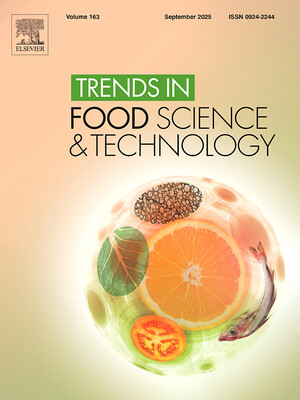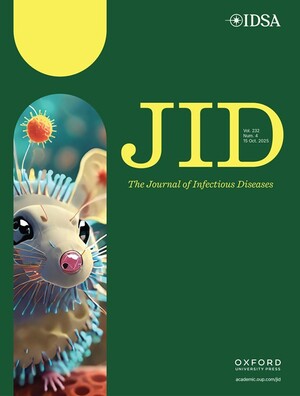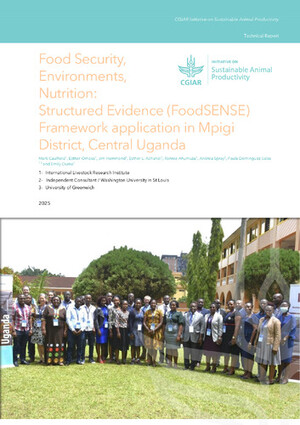
Prevalence and risk factors associated with the occurrence of Campylobacter sp. in children aged 6–24 months in peri-urban Nairobi, Kenya
Abstract
Introduction: Campylobacter bacteria is a major cause of foodborne-related bacterial gastroenteritis in humans worldwide. It is known to cause diarrhea in young children which has been shown to directly affect their weight and height as a result of malnutrition. Severe cases of diarrhea can also lead to death. Most of the burden is experienced in resource-limited countries in Africa and Southeast Asia where the disease is linked to poor hygiene and sanitation. The objective of this study was to determine the prevalence of Campylobacter in children aged between 6 and 24 months in Nairobi, Kenya and identify potential risk factors associated with their occurrence.
Methods: A cross-sectional study was carried out between May to December 2021. A total of 585 randomly selected households were visited in two wards (Uthiru/Ruthimitu and Riruta) in Dagoretti South sub-county, Nairobi. A questionnaire regarding how children’s food is handled, the major foods consumed, sanitation and hygiene, and animal ownership was conducted among caregivers to identify associated risk factors. Stool samples were collected from 540/585 children and screened for the presence of Campylobacter using culture-based methods and confirmed through PCR.
Results: Of the 540 children’s stool samples processed, Campylobacter isolates were detected in 4.8% (26/540). Campylobacter jejuni (C. jejuni) was the most common species in 80.8% of positive samples compared to Campylobacter coli (C. coli) in 26.9% of samples. In six samples, both C. jejuni and C. coli were isolated, while in four samples, it was not possible to speciate the Campylobacter. Drinking cow’s milk (OR 4.2, 95% CI 1.4 – 12.6) and the presence of animal feces in the compound (OR 3.4, 95% CI 1.1 – 10.3) were found to be statistically associated with Campylobacter carriage in children.
Discussion: The carriage of Campylobacter in children in this community indicates a need for further investigation on source attribution to understand transmission dynamics and inform where to target interventions. Awareness creation among caregivers on good personal and food hygiene is needed, including boiling milk before consumption. Implementation of biosecurity measures at the household level is highly recommended to reduce contact between animals and humans.
Citation
Kiarie, A., Bebora, L., Gitao, G., Ochieng, L., Okumu, N., Mutisya, C., Wasonga, J., Masudi, S.P., Moodley, A., Amon-Tanoh, M.A., Watson, J., Cumming, O. and Cook, E.A.J. 2023. Prevalence and risk factors associated with the occurrence of Campylobacter sp. in children aged 6–24 months in peri-urban Nairobi, Kenya. Frontiers in Public Health 11: 1147180.









